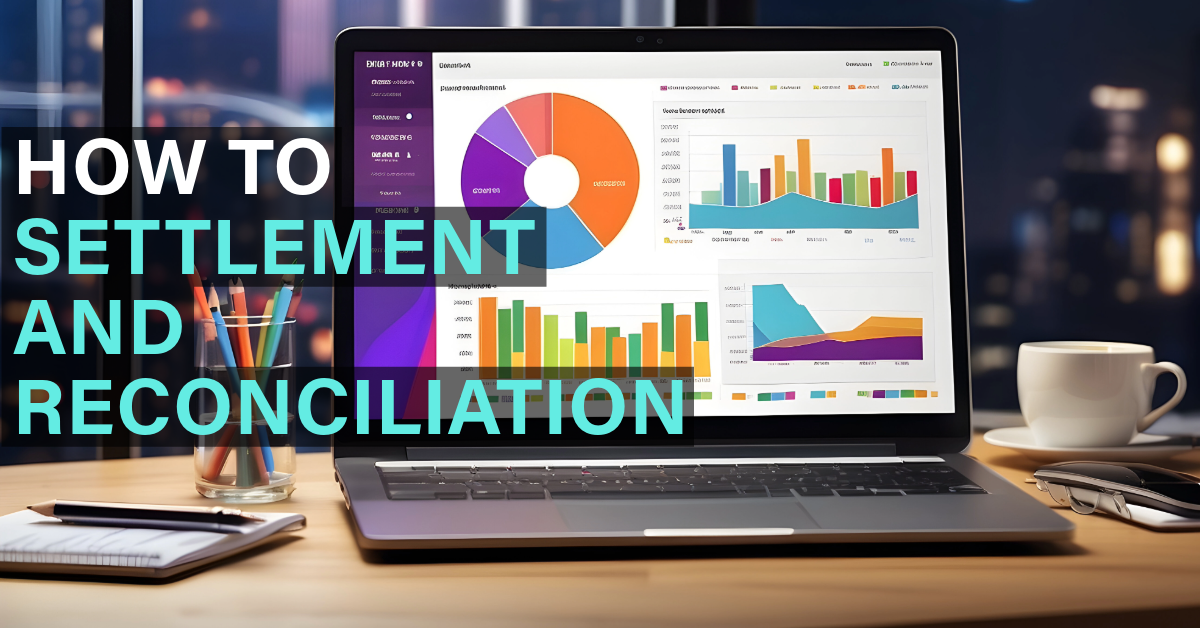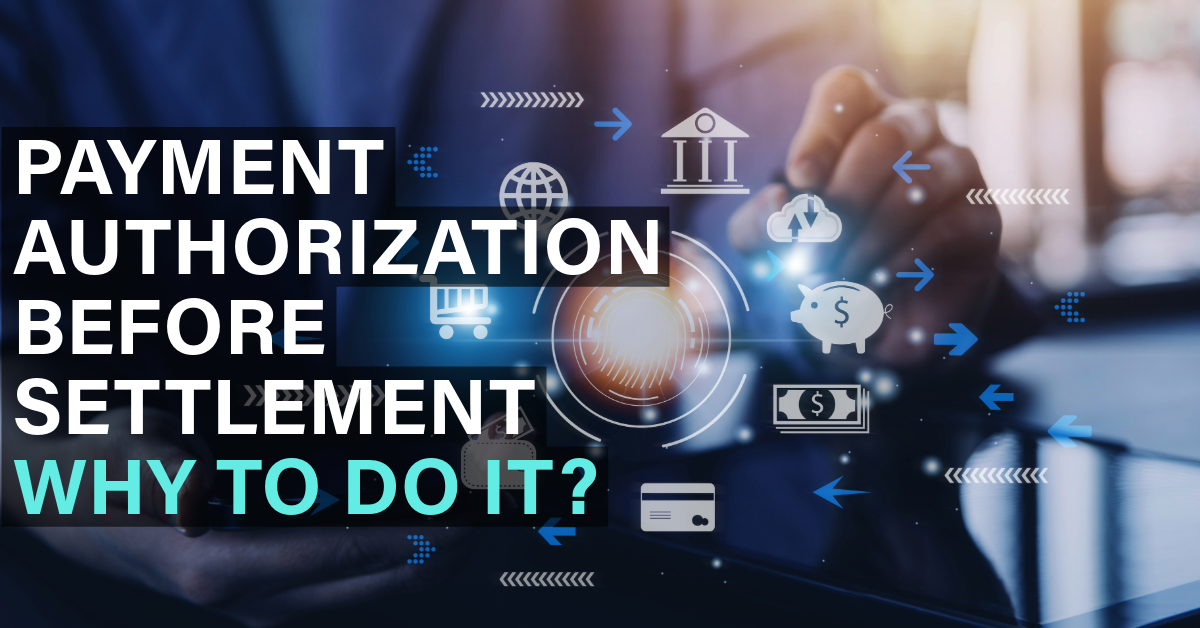
Mastering Payment Authorization: Elevating the Online Shopping Experience
February 9, 2024
PayPal launches its most advanced solution for SMEs
March 6, 2024In the realm of online payments, the management of payment settlement and reconciliation processes stands as a cornerstone of financial operations. These processes not only ensure the seamless flow of funds but also uphold the integrity and accuracy of financial records. However, devising an efficient payment settlement and reconciliation system requires meticulous planning, robust infrastructure, and adept handling of technical intricacies.
Settlement Reports from Acquirers:
At the heart of the payment settlement process lie the settlement reports provided by acquirers to the merchants. These reports serve as the primary source of transactional data, detailing the funds transferred from the acquiring bank to the merchant’s account. However, the journey from acquiring these reports to achieving reconciliation is multifaceted and involves several key steps.
Fetching and Processing Settlement Reports:
Upon receipt, settlement reports undergo rigorous processing to extract essential information pertinent to reconciliation. This entails parsing through vast volumes of data to identify transactional details such as transaction amounts, timestamps, and associated fees. Automated tools and software solutions play a pivotal role in this phase, enabling efficient extraction and manipulation of data with minimal manual intervention.
Once extracted, the data undergoes validation checks to ensure accuracy and completeness. Discrepancies or inconsistencies are flagged for further investigation, safeguarding against potential errors that could cascade into reconciliation discrepancies downstream. Moreover, the integration of machine learning algorithms can enhance the accuracy of data validation by identifying patterns and anomalies, thereby bolstering the reliability of the reconciliation process.
Reconciliation Against Open Invoices:
With settlement reports processed, the next critical step involves reconciling the extracted transactional data against open invoices in the financial system, such as SAP and Oracle. This reconciliation serves to align the recorded transactions with corresponding invoices, thereby facilitating accurate financial reporting and analysis.
Automated reconciliation algorithms compare transactional data from settlement reports with invoice records, seeking matches based on predefined criteria such as invoice numbers, transaction amounts, and dates. Any deviations or discrepancies are meticulously investigated to identify root causes, which may range from system errors to fraudulent activities.
Furthermore, the reconciliation process extends beyond mere matching of transactions to invoices, encompassing the reconciliation of payment statuses and adjustments. This entails tracking the status of payments against invoices, including pending, completed, or disputed payments, and reconciling any adjustments or reversals initiated post-settlement.
Achieving Seamless Settlement and Reconciliation:
To streamline the payment settlement and reconciliation process, organizations must leverage a synergistic blend of technology, expertise, and best practices. Implementing robust reconciliation tools and automated workflows can significantly enhance efficiency and accuracy while minimizing manual intervention and error-prone processes.
Moreover, fostering collaboration between finance, IT, and operational teams fosters a culture of accountability and continuous improvement. Regular audits and reviews of settlement and reconciliation processes ensure adherence to industry standards and regulatory requirements while identifying opportunities for optimization and enhancement.
In conclusion, the design and implementation of a robust payment settlement and reconciliation process are essential to the financial health and operational efficiency of organizations operating in the realm of online payments. By harnessing advanced technologies, fostering cross-functional collaboration, and adhering to best practices, organizations can navigate the complexities of settlement and reconciliation with confidence and precision, laying the foundation for sustained growth and success.




